Another year has passed, and yet the pay gap remains stubbornly in place. Today, it stands at 23 cents, meaning that women, on average, are paid 77 percent of what men are paid -- an average that's even lower for black and Hispanic/Latina women. Compared with the salaries of white male workers, Asian women's salaries show the smallest gender pay gap, at 88 percent of white men's pay, but that still amounts to thousands of dollars over the course of a year.
In the higher-paying fields of science, technology, engineering and mathematics, women are consistently paid less than their male counterparts are. For example, male aerospace engineers have median annual earnings of $100,239 for full-time, year-round work; female aerospace engineers have median annual earnings of $83,316 for full-time, year-round work. The bottom line? The pay gap is a glaring, well-documented and persistent inequality, especially when you consider that the 77-cent statistic hasn't budged in 10 years.
For those of us on the front lines of the pay equity battle, this month marks an important opportunity to raise national awareness of this pernicious problem. Equal Pay Day 2013 falls on April 9, the symbolic day on which women's wages "catch up" to those of men from 2012. Yes, it takes women nearly 16 months to be paid what men are paid in 12 months.
What remains equally remarkable, though, is how some downplay this problem. In the past few weeks, we've seen some troubling media coverage in a number of outlets, including Time ("The Pay Gap Is Not as Bad as You (and Sheryl Sandberg) Think") and the Kansas City Star ("Women's Progress Understated by Oft-Used Wages Number") among other places.
Here are the three common excuses used to sugarcoat the pay gap problem:
1. Differences in pay are due to women's "choices." Although the choices we make in college (including going to college) and the careers we pursue do account for part of the pay gap, they aren't the whole story. Women cannot choose to avoid the pay gap. Bias continues to be a real obstacle for women, as illustrated by a recent study out of Yale University showing that employers offer higher starting salaries to men than they do to identically qualified women.
2. Family responsibilities account for the gender pay gap. The same choices can lead to different outcomes. Mothers tend to be paid less than other women, yet fatherhood can generate a boost in men's salaries. But the pay gap exists before parenthood. For example, AAUW's research report Graduating to a Pay Gap found that, one year out of college, women were paid 18 percent less than men were paid. Even after controlling for college major, occupation, employment sector and other factors known to impact pay, the study found that 7 percent of the pay gap remained unexplained and presumably reflects bias. Extend that disparity over the course of a 50-year career, and imagine the lost wages and retirement benefits.
3. The pay gap isn't that bad. Not true. The pay gap adds up in a big way. Over a lifetime, the lost earnings can amount to nearly half a million dollars -- and for some, that's a conservative estimate. The pay gap is real, and for too many women, it starts the minute they throw their graduation caps in the air.
It's time for that to finally change.
Wondering what you can do? Start by visiting our new Fight for Fair Pay web page.
